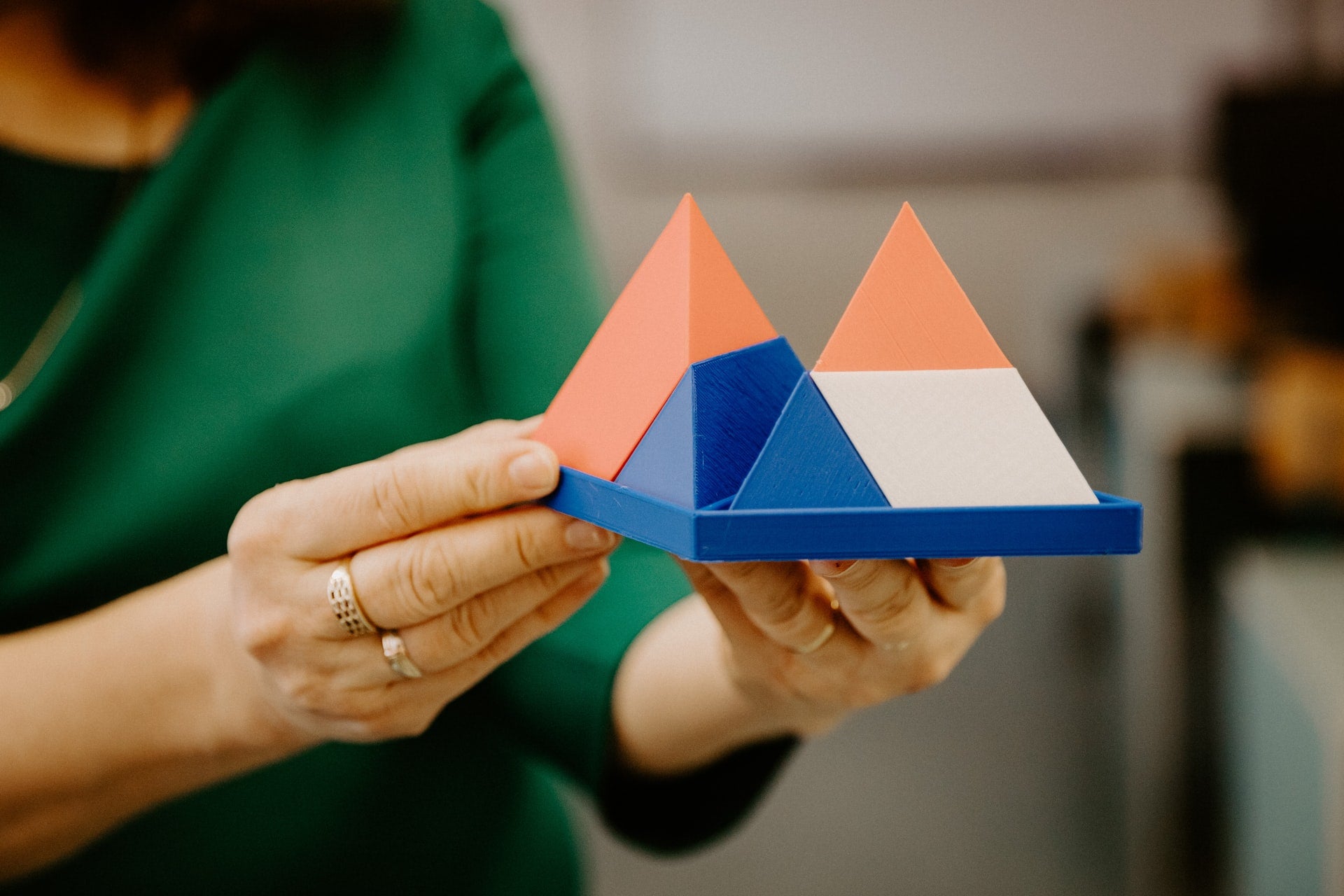3D printing with PETG filaments is a dream. You get the best of both PLA and ABS: PLA’s easy printability and ABS’ durability and heat resistance while also having flexible properties.
The only drawback to it is that it is difficult to smooth PETG. Since it’s chemically resistant, typical post-processing methods will not work on it. Instead, you will have to use different methods and chemicals with it. Here are the 5 best ways to smooth PETG.
1. Sandpaper
While PETG has chemical properties that elude other chemical smoothing methods, the old trick of sanding it down still works on it. If your 3D print has support marks, zits, and visible layer lines, you can buff them away by sanding. What makes this method difficult though is when your 3D print is huge or intricate.
Tip: Start with low-grit sandpaper and work your way up to higher grit as you sand. You can also use water while using high-grit sandpaper as this is less abrasive and reduces the risk of over-sanding your print. It also results in a smoother finish. Make sure to sand in an even, circular motion.
2. Polishing
This is the next step after you sand your 3D print. If you want a glossy finish, you can apply a liquid metal polish. Be forewarned though that this process is recommended only for tougher parts.
Tip: You can start by pouring a small amount of polish on a soft cleaning cloth. You can then rub the cloth all over the part until the polish is absorbed. Take a dry part of the cloth or get another cleaning cloth and then buff the surface until it’s shiny.
3. Chemical dissolving
PETG’s composition makes it difficult to dissolve by typical dissolvents used in 3D printing such as acetone. Fortunately, there are stronger chemicals that work but require special permission to purchase, a high level of chemical handling skill, and protective gear to ensure safety. So use them at your own risk.
Ethyl acetate, dichloromethane, methyl ethyl ketone (MEK), toluene, and cyclohexanone all work to dissolve PETG.
4. Epoxy resin coating
If you don’t have the time to manually sand and polish and don’t want to risk using chemicals, you can conceal imperfections on your 3D print by coating it with epoxy resin.
The process varies depending on the brand of epoxy resin you buy. Check the manufacturer’s instructions for application tips.
5. Heat treatment
PETG’s high heat resistance is an invaluable feature when being post-processed as it can be smoothed down with a heat gun as long as it has precise temperature control. It also has to be set close to PETG’s melting point of 250 °C or so.
Applying heat treatment on your PETG prints melts the top layer to remove any visible layer lines and gaps in the surface.
Tip: The heat must be applied consistently and slowly throughout the surface. To prevent ruining your 3D print, start with a lower temperature and maintain a safe distance between the heat gun and the 3D print.
Get smoother 3D prints with our PETG smoothing tips!
Getting smoother PETG 3D prints still depends on the kind of PETG filament you use. Check out our range of high-quality PETG 3D filaments to get high-quality 3D prints. To find out more about printing with PETG, check out our how-to guide.

